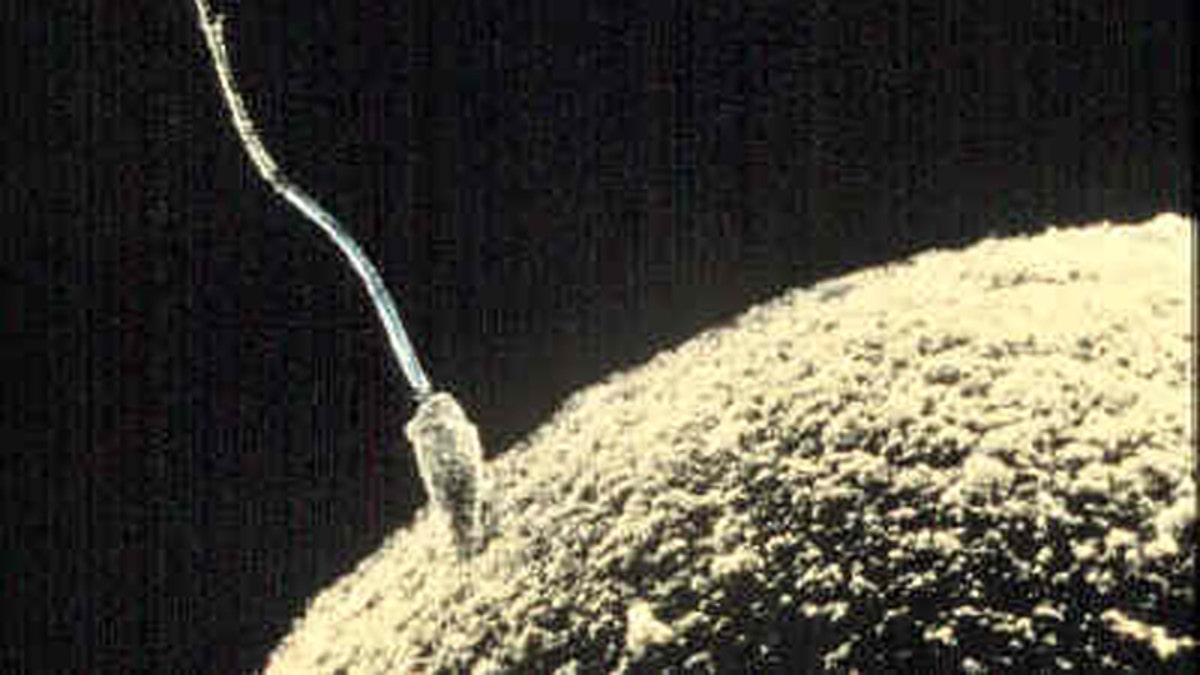
Sperm penetrating an ovum during fertilization. (Wikipedia)
Years ago, when the field of reproductive medicine was first taking hold, many physicians relied on sperm donors to offer couples with fertility issues a chance to conceive a baby.
In those days, the business of treating infertility was fairly unregulated, creating a wild West kind of atmosphere. But today, there are stricter guidelines for sperm donors as well as female egg donors.
These services are now regulated to ensure donors undergo proper medical and psychological evaluations as a means of ‘quality control.’ They are also paid for their donations.
However, there is still one aspect of donation that has gone unregulated in the United States, and that is amount of times a man can donate sperm.
The thing is, semen donation is relatively uncomplicated. While the process of extracting an egg from a woman can be lengthy and sometimes painful, a man can easily donate sperm multiple times throughout his life.
Furthermore, every time a man donates, he produces millions of little sperm ready to create life.
But knowing all of this, I was still quite surprised to read an article in the New York Times today about how some individual sperm donors are responsible for fathering more than 100 children each.
The main problem with this practice is that there is the potential to increase the spread of rare genetic diseases across the population, but more ethically speaking, the risk of incest could also be increased -- especially if children are unaware of who their biological fathers are.
In this respect, the United States lags behind other countries, such as Britain, France and Sweden, which all have laws put into place to regulate how many children a sperm donor can father. In comparison, we merely have a “recommendation” from the American Society of Reproductive Medicine to limit conceptions by individual donors to 25 births per populations of 800,000.
Personally, I think it’s time for medical societies to move beyond soft guidelines and start developing strict criteria and limitations.
Estimates place the amount of babies conceived by sperm donors in the U.S. at more than 30,000 per year. This number, I believe, is a significant enough portion of the population to warrant regulation.
Currently, there is too much potential for abuse of the system, both by sperm banks and by cash-strapped sperm donors, especially in this harsh economic climate.
It’s time to follow the lead of other countries and finally ask ourselves what’s best for the children, and society at large. The current state of sperm bank regulations just isn’t cutting it.
